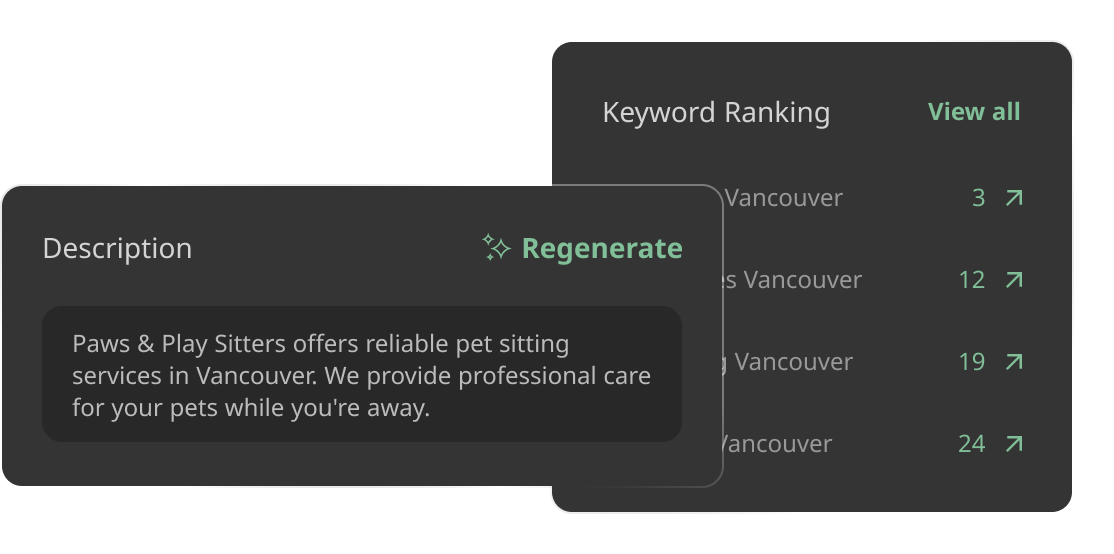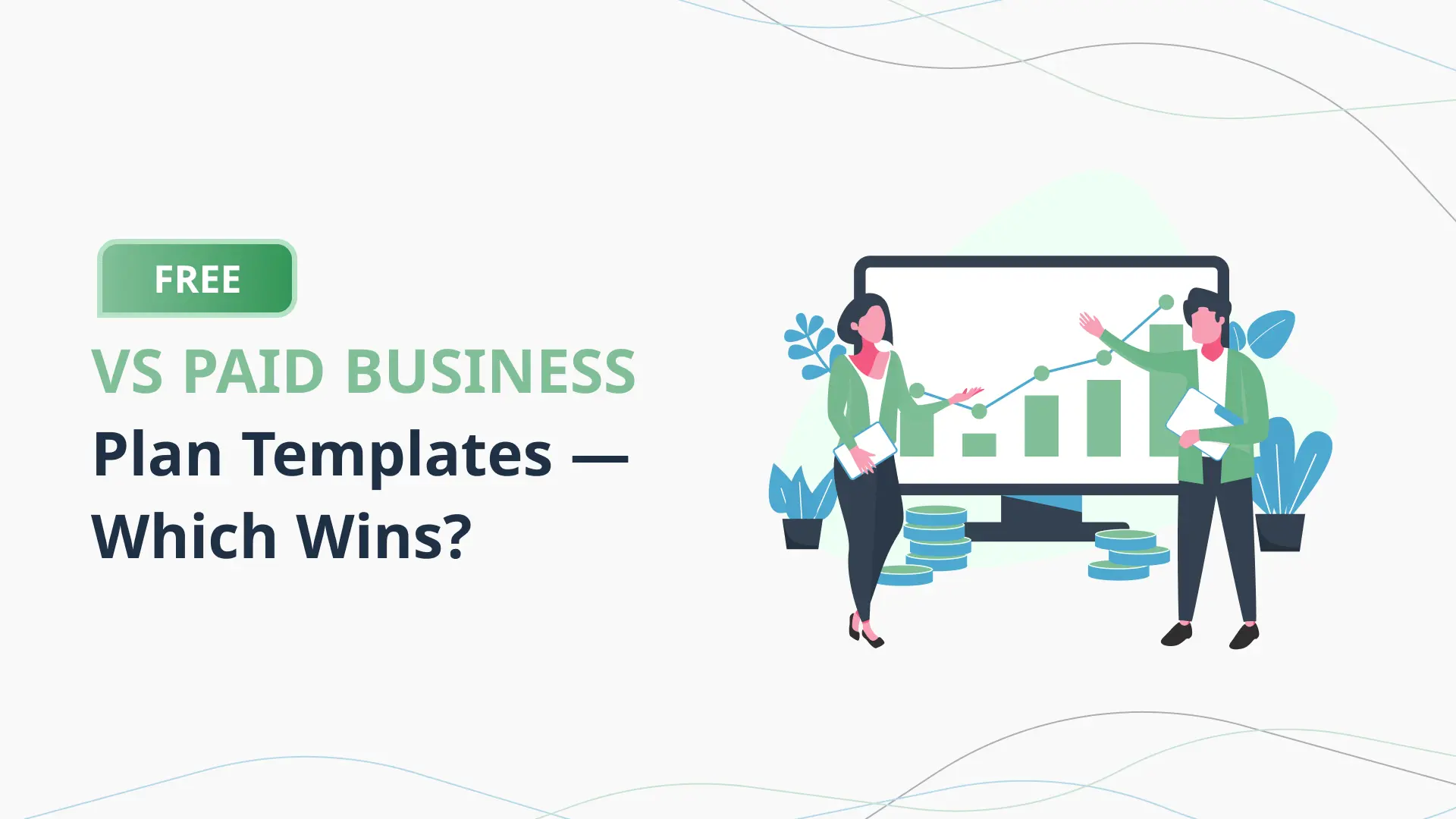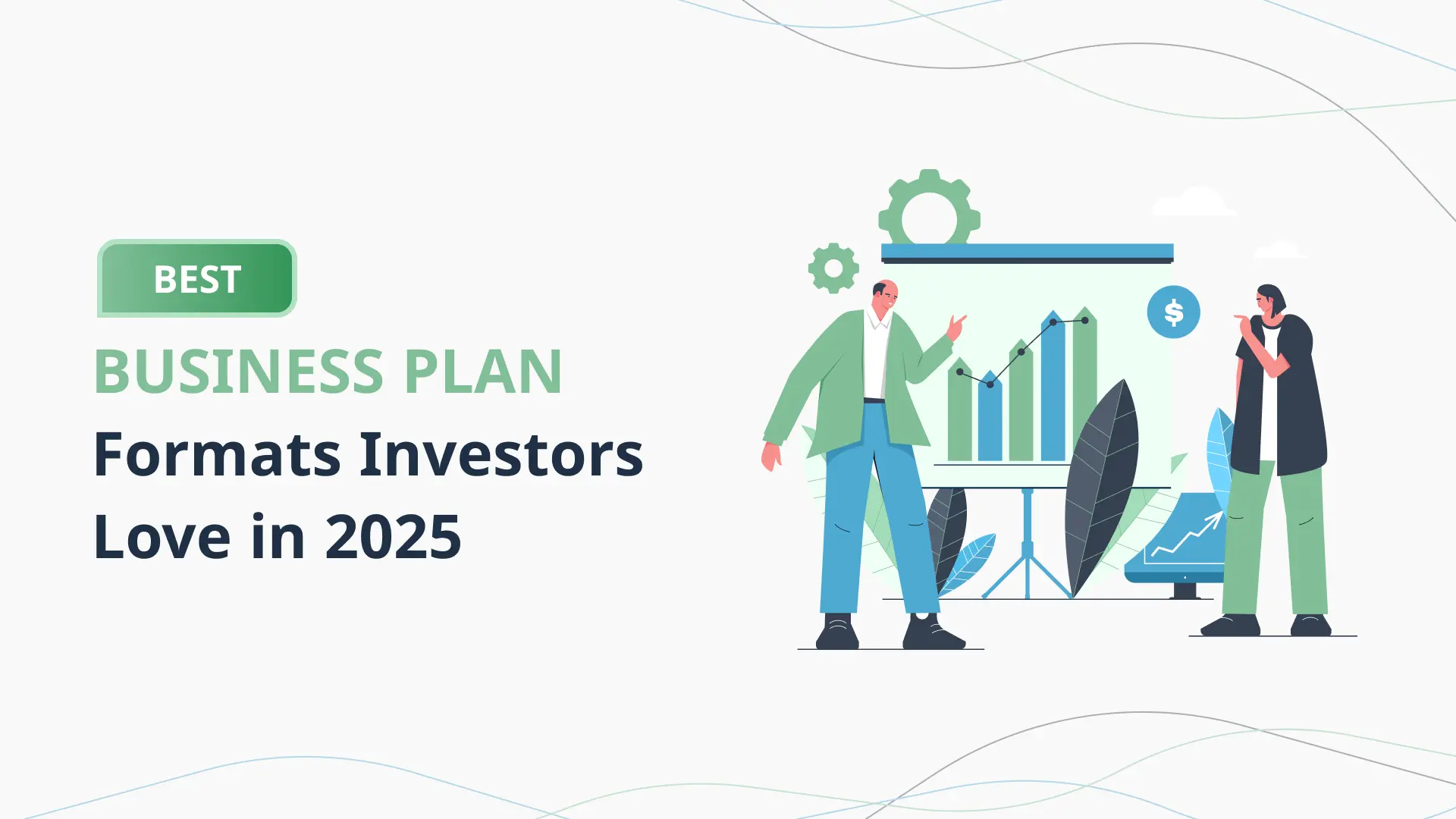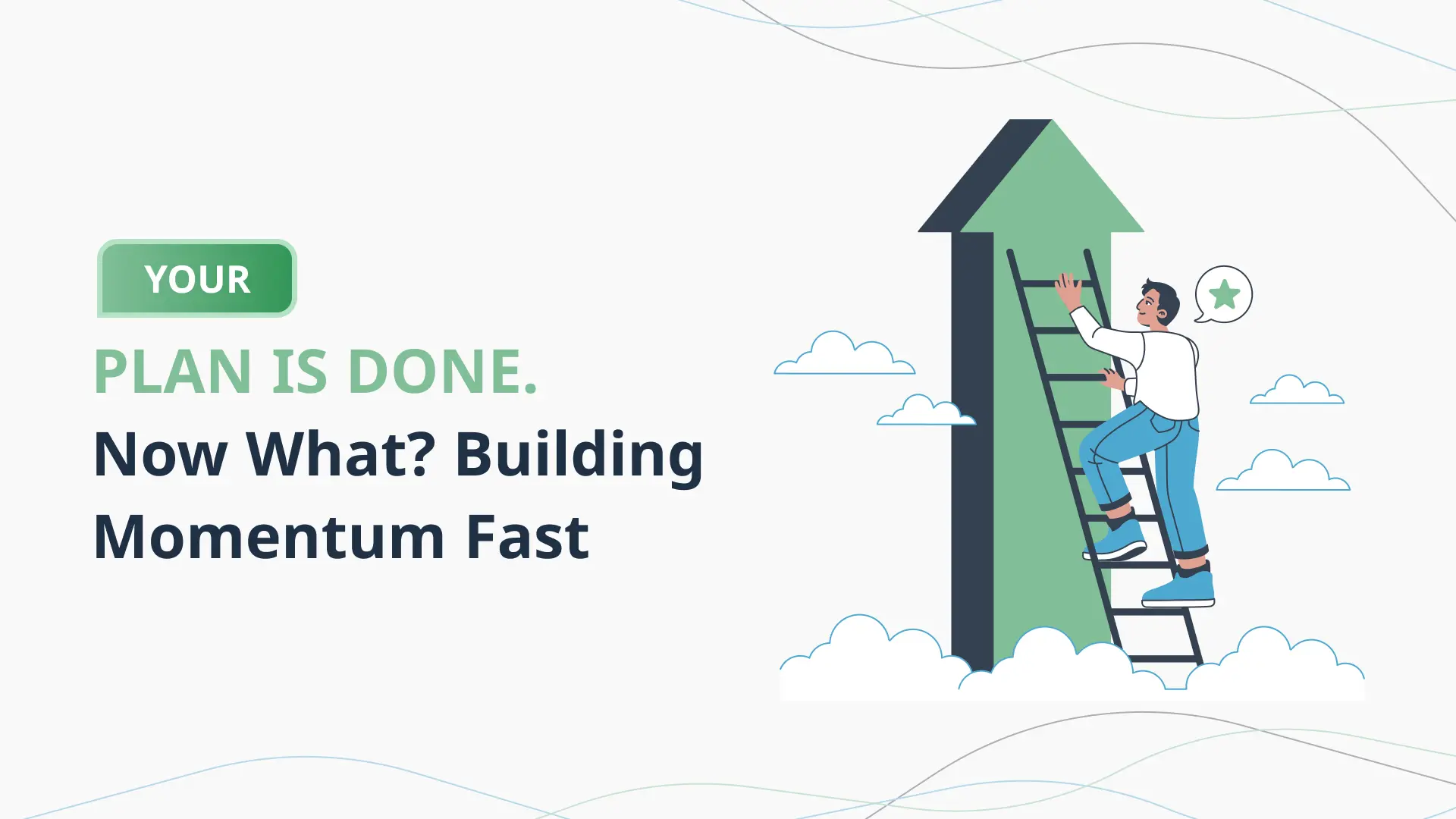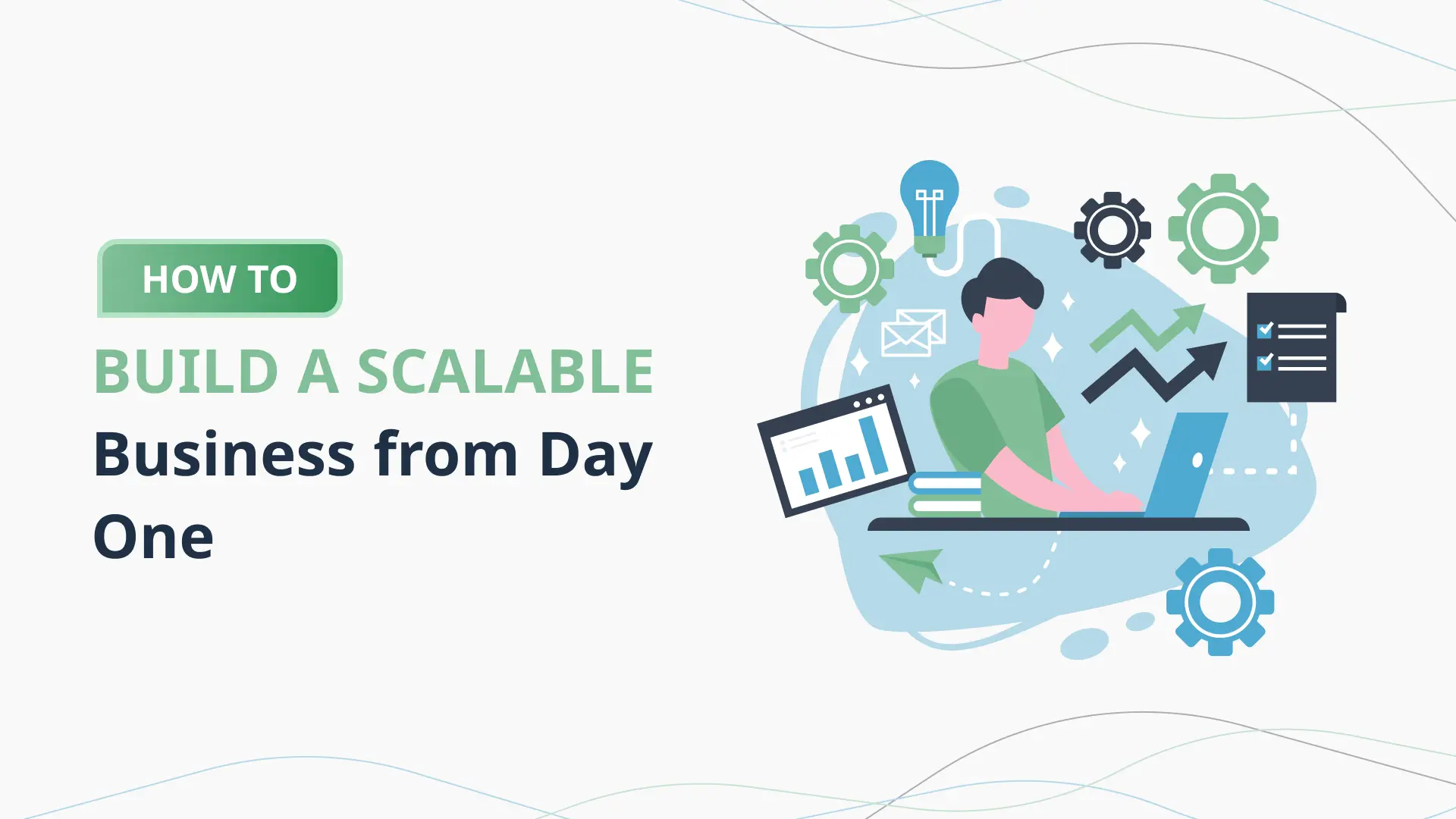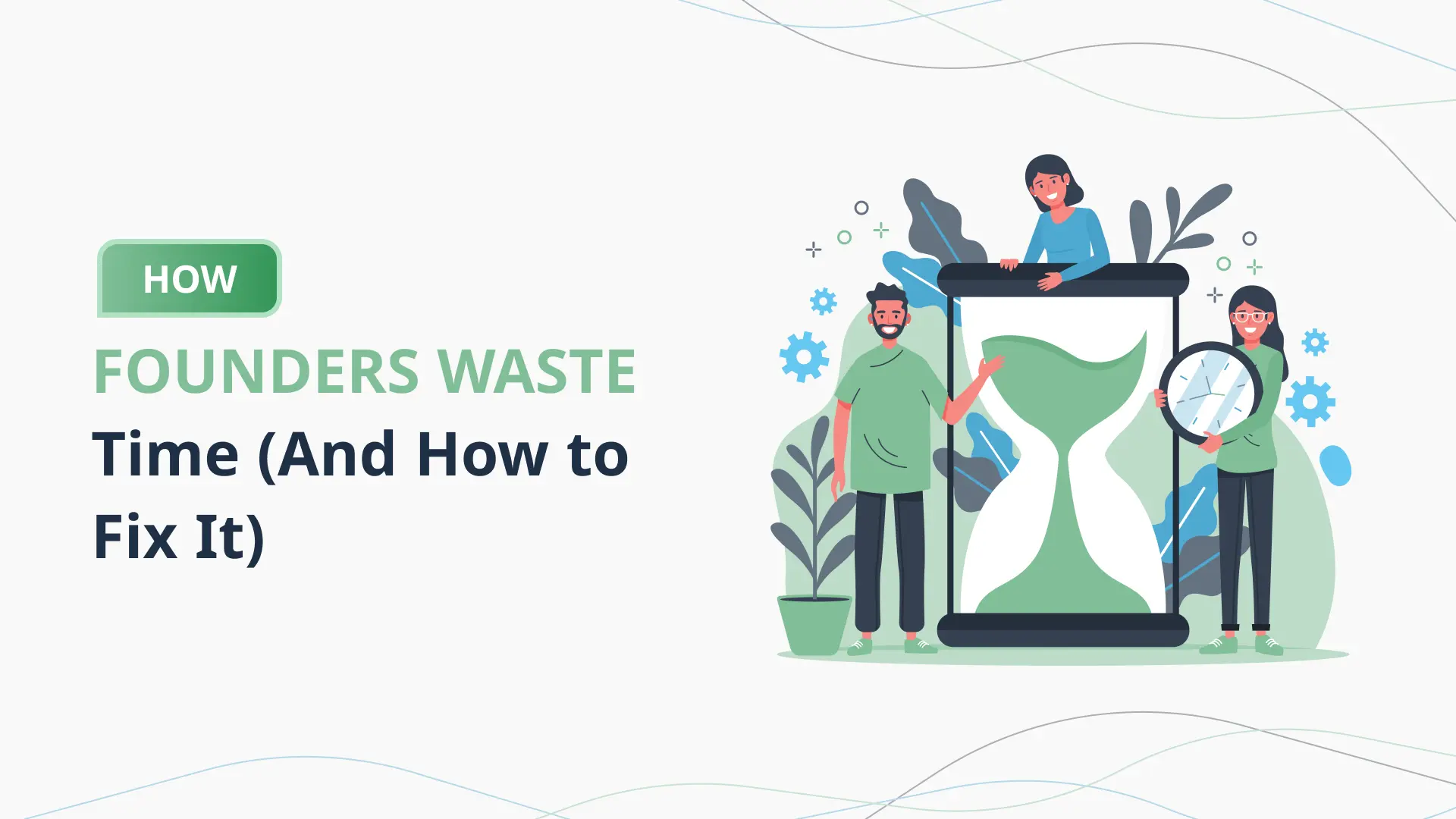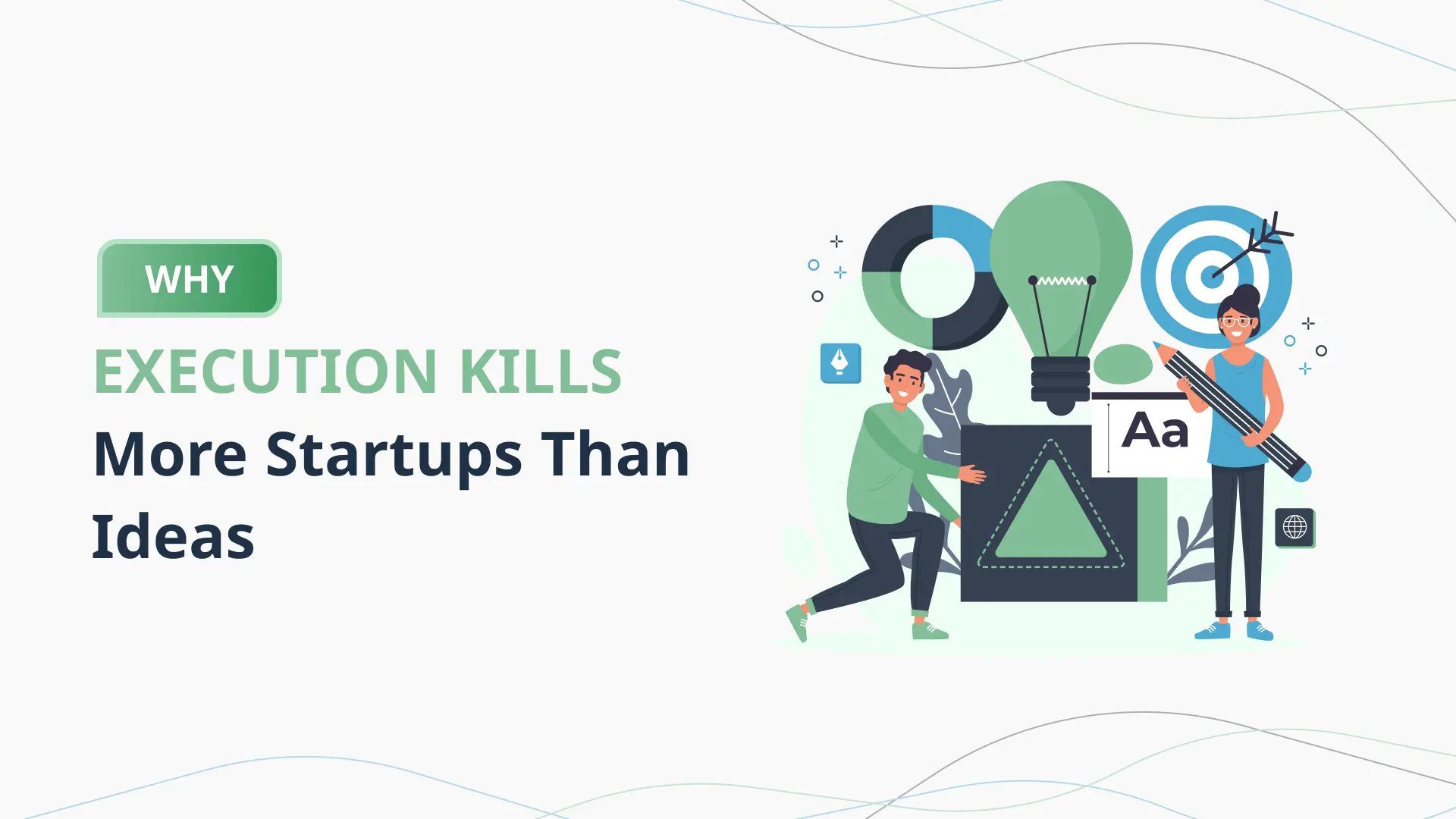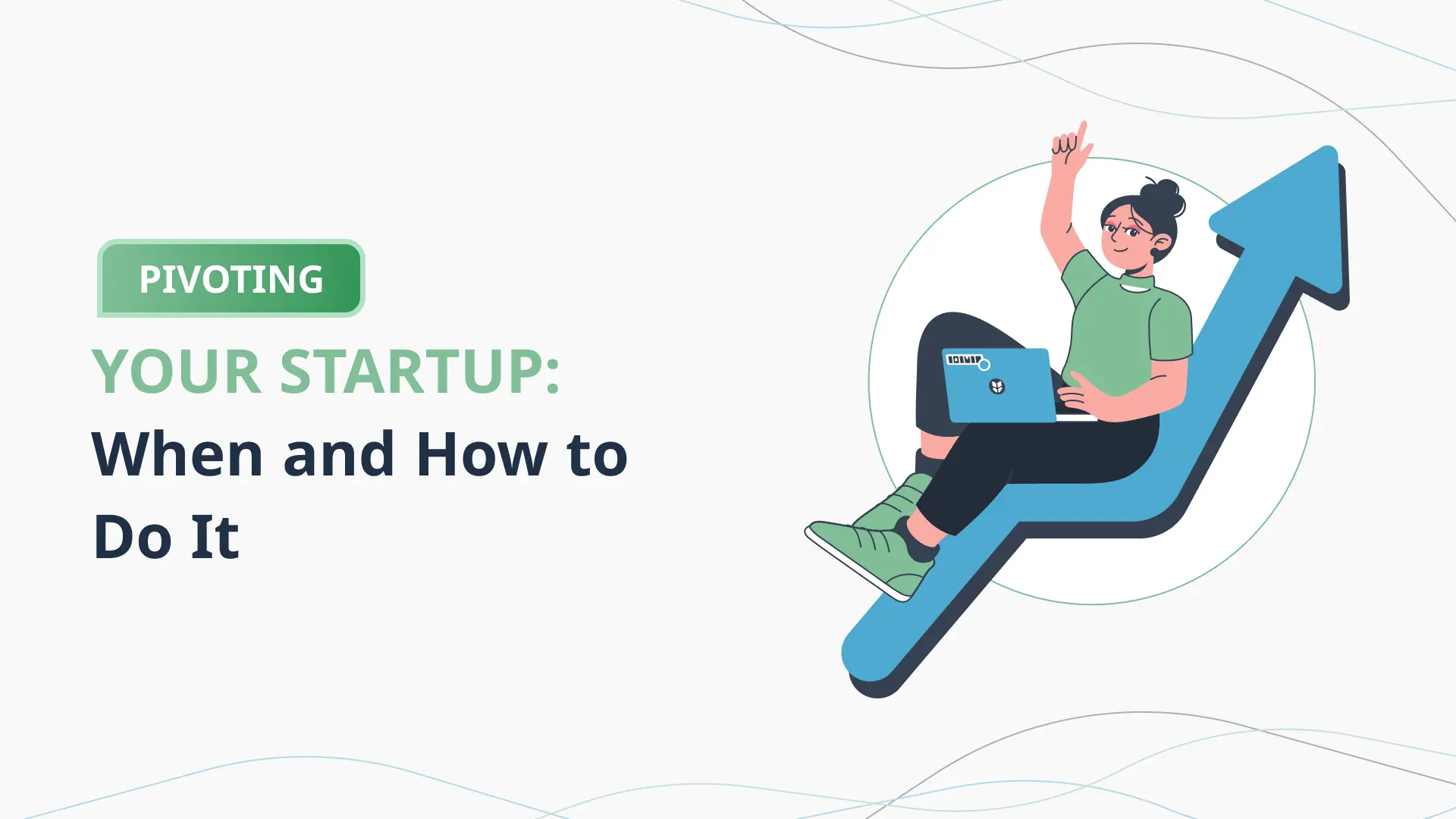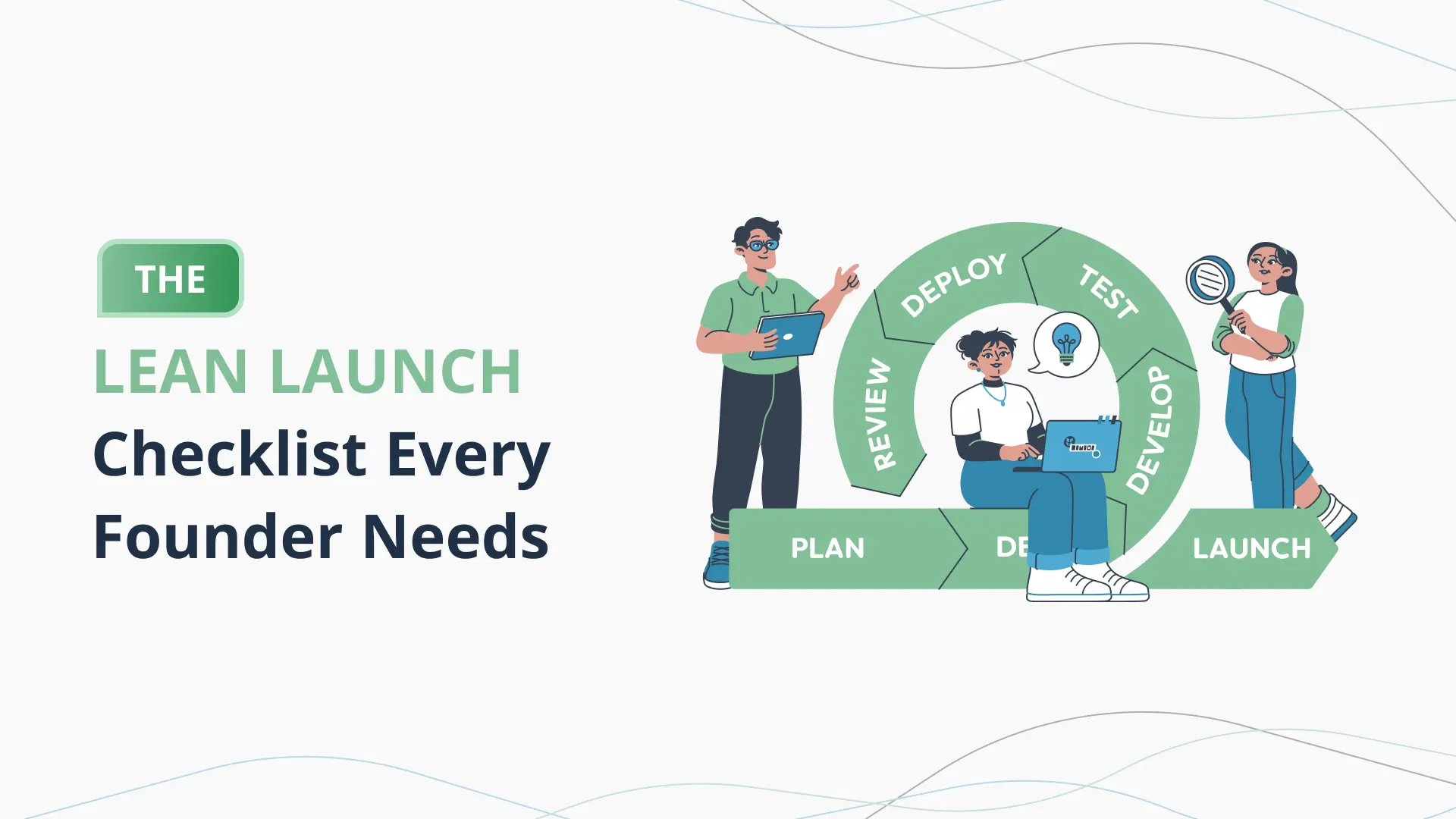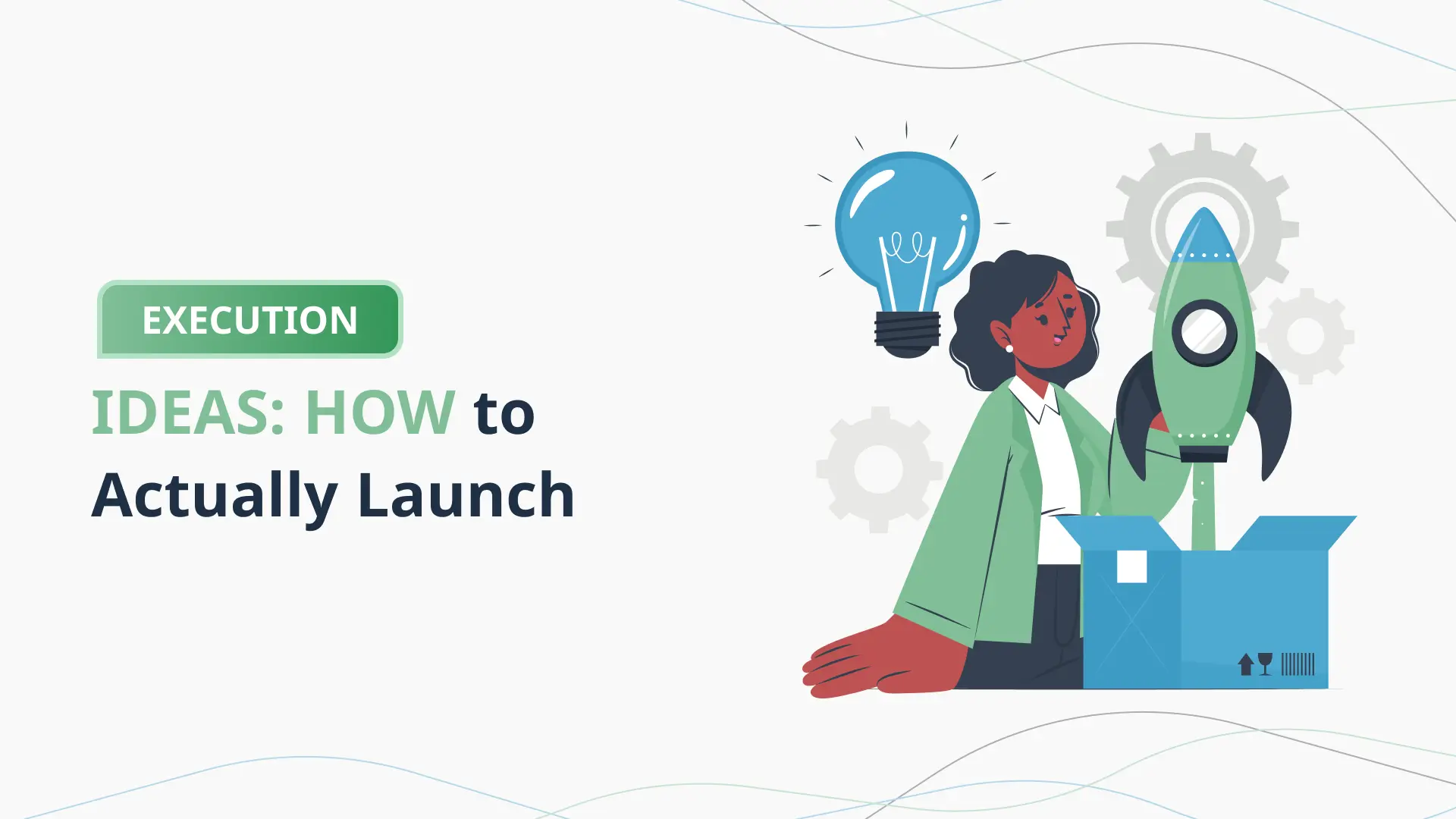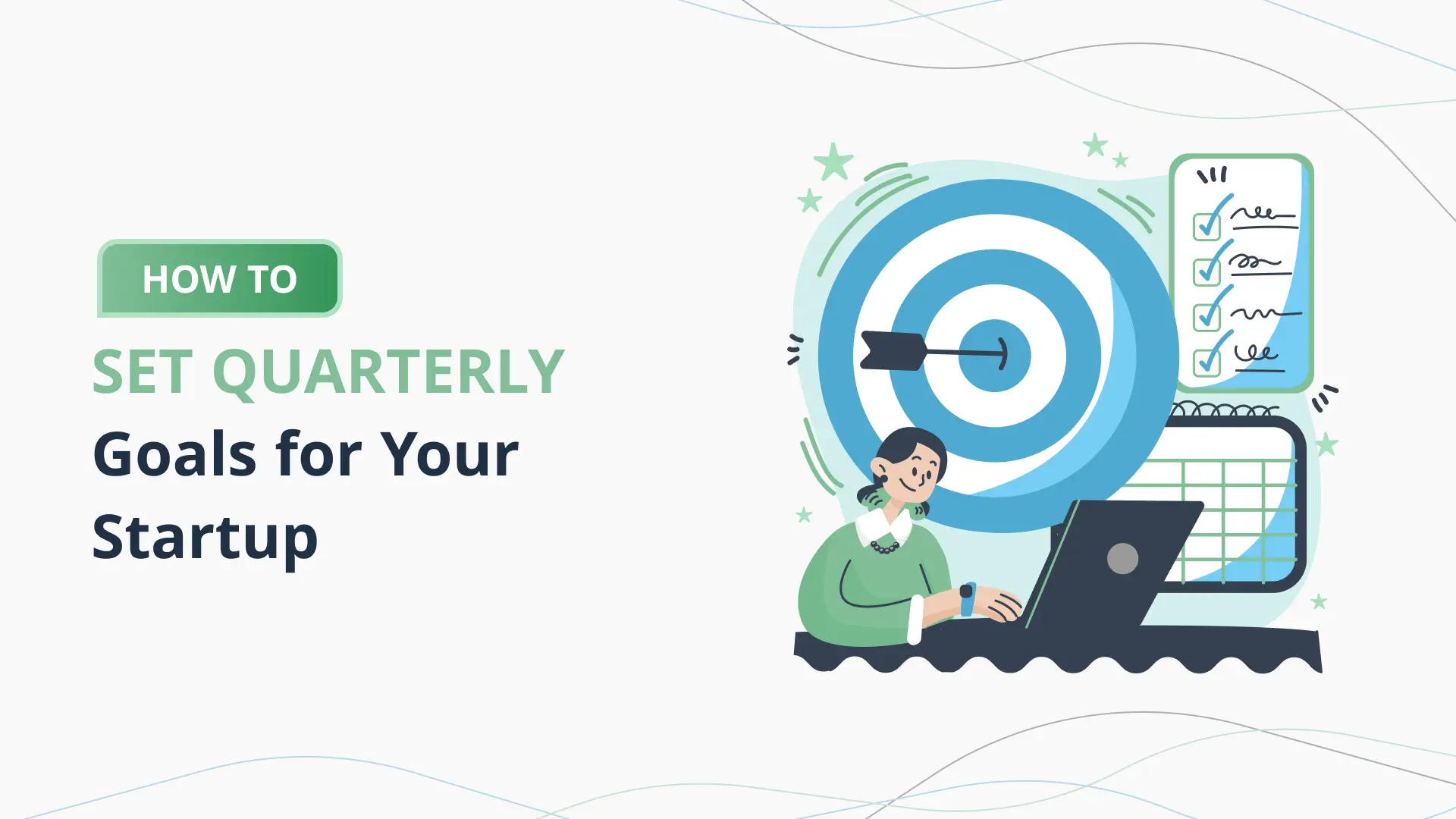How AI Can Help You Forecast Like a Pro
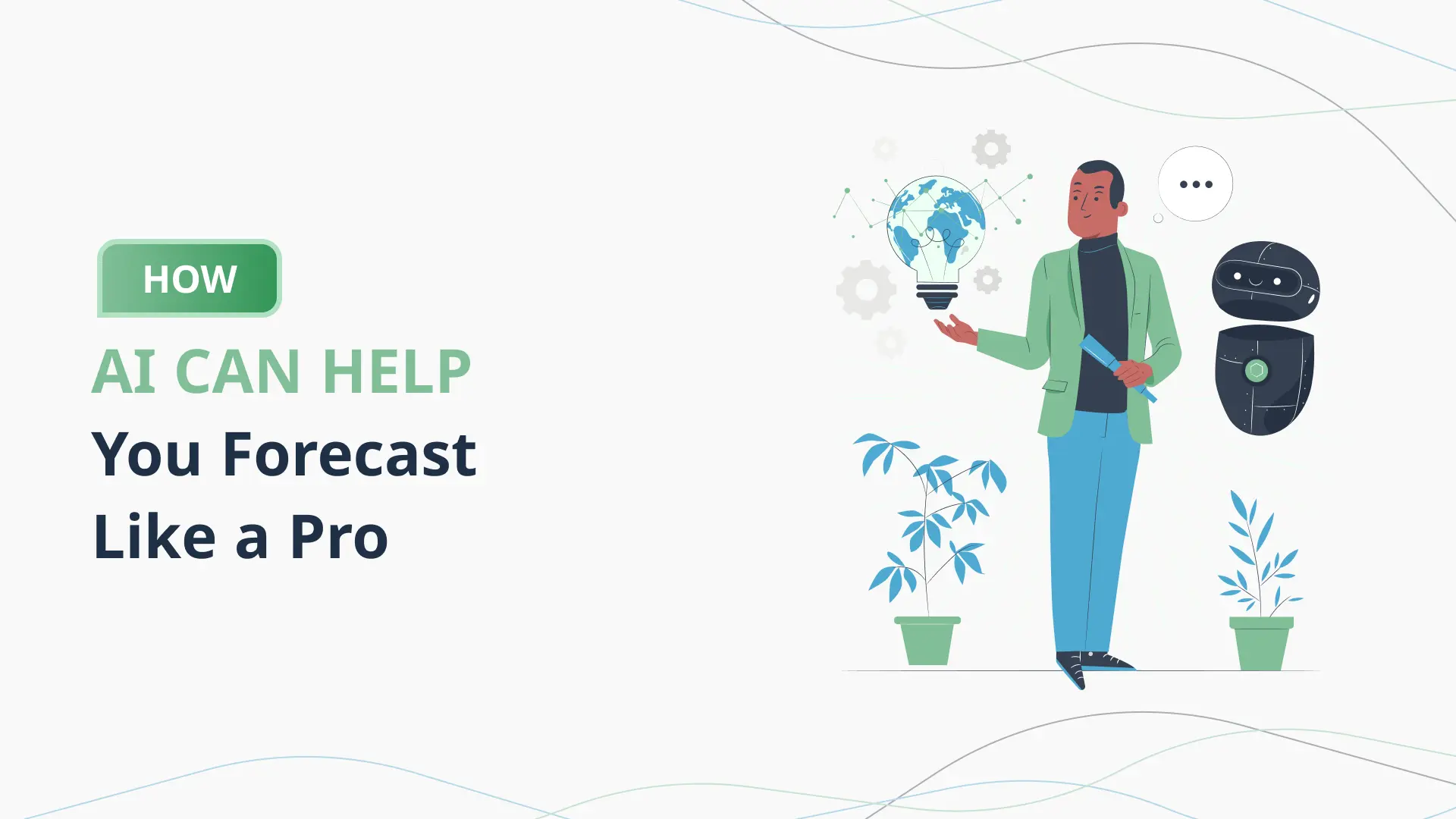
Introduction: The Forecasting Evolution
Forecasting has always played a crucial role in business strategy. Whether it’s projecting next quarter’s sales, anticipating inventory needs, or planning for market expansion, the ability to look ahead with accuracy can mean the difference between thriving and just surviving. Traditionally, businesses have relied on historical data, spreadsheets, and human intuition to make forecasts. These approaches, while once sufficient, are increasingly unable to keep pace with the complexity and speed of the modern marketplace.
The rise of big data and real-time analytics has exposed the limitations of traditional forecasting methods. Linear models, manual data input, and simplistic trend analysis often fall short when markets shift suddenly or customer behavior changes overnight. We’ve entered an age where being reactive isn’t enough. Businesses need to be predictive—and that’s where artificial intelligence (AI) comes in.
AI is revolutionizing the way companies forecast the future. It can process vast amounts of structured and unstructured data, recognize intricate patterns, and generate insights that human analysts might miss. More importantly, AI-driven forecasting models are adaptive; they learn and improve over time, becoming more accurate as more data becomes available. This adaptability is key in today’s volatile environment, where yesterday’s truths may not hold tomorrow.
Consider a retail chain trying to manage its inventory across dozens of locations. Traditional forecasting might suggest stocking based on last year’s sales. AI, however, factors in current trends, local events, weather patterns, and even social media buzz to forecast demand more precisely. The result? Reduced stockouts, lower excess inventory, and better customer satisfaction.
Or take a financial services firm. While conventional forecasting may involve reviewing market reports and macroeconomic indicators, AI can analyze news feeds, sentiment data, transaction histories, and global trends to anticipate market shifts before they happen. This level of insight can inform investment strategies and risk assessments with unparalleled precision.
The AI advantage isn’t limited to large corporations. Thanks to platforms like PlanVista, small and medium-sized businesses can now access powerful AI forecasting tools without needing an in-house data science team. PlanVista, an AI business plan tool and startup planning solution, allows users to generate data-driven forecasts and strategic plans effortlessly. By using an intuitive interface and robust AI models, it democratizes access to professional-level forecasting.
The Limitations of Traditional Forecasting
Forecasting has always been essential to business strategy. Whether it’s projecting future revenue, estimating customer demand, or predicting market trends, every forward-looking plan depends on some form of prediction. Yet despite its importance, traditional forecasting methods have serious limitations that often result in missed opportunities or costly missteps.
Overreliance on Historical Data
Most traditional forecasting relies heavily on historical data under the assumption that past patterns will repeat. While this might work in stable conditions, it falters in times of rapid change. For instance, the COVID-19 pandemic dramatically shifted consumer behaviors and market dynamics, leaving many companies with outdated forecasts that failed to account for the new reality.
Lack of Real-Time Responsiveness
Traditional tools aren’t built for speed. They process data in batch modes—typically monthly or quarterly—which means businesses can’t pivot fast enough when market conditions shift. In today’s fast-paced environment, decisions often need to be made in real time, and static forecasts can quickly become obsolete.
Manual and Time-Intensive Processes
Forecasting without AI usually involves collecting, cleaning, and analyzing data manually—tasks that are not only time-consuming but also error-prone. Spreadsheet models are common but often riddled with inconsistencies, especially when multiple stakeholders are involved. These methods also lack scalability, which becomes a problem as businesses grow and their data expands.
Simplistic Modeling
Traditional forecasting models typically use linear regression or other simple statistical techniques. These models are limited in their ability to capture complex relationships between variables. They may, for example, fail to consider how multiple external factors—such as competitor actions, weather changes, or supply chain disruptions—interact to affect future performance.
Limited Data Sources
In traditional setups, forecasts are usually generated from internal data like past sales, customer records, or operational reports. What’s often missing is a broader context—external data such as social media trends, macroeconomic indicators, or real-time customer feedback. This narrow lens can result in forecasts that are too inward-looking and disconnected from the external environment.
Human Bias and Subjectivity
Even the best statistical models can be influenced by human bias. Business leaders might adjust forecasts based on intuition or optimism, especially under pressure to meet performance targets. While experience is valuable, over-relying on gut feeling introduces risk and reduces objectivity.
Case in Point
Consider a fashion retailer launching a new product line. A traditional forecast might look at last year’s sales for a similar item and project growth accordingly. But what if a celebrity endorsement suddenly drives massive interest online? Traditional tools might miss this surge in demand, leading to stockouts, lost sales, and frustrated customers.
How AI Transforms Forecasting
Artificial intelligence is redefining how businesses forecast, offering a level of precision and agility that traditional methods simply can’t match. By leveraging machine learning, natural language processing, and real-time data analysis, AI unlocks new possibilities for understanding and predicting future trends. Let’s explore how this transformation takes place and what it means for your business.
1. Intelligent Pattern Recognition
One of AI’s most powerful capabilities is its ability to identify complex patterns in data. Unlike linear models that look for straightforward trends, AI algorithms can recognize intricate, nonlinear relationships between variables. For example, an AI model might detect that an uptick in social media mentions combined with a drop in competitor stock prices often precedes an increase in your sales. These insights go far beyond the scope of traditional tools.
2. Real-Time Data Processing
AI thrives on data—and the more current, the better. It can ingest and analyze real-time information from a wide array of sources: social media platforms, news articles, market feeds, CRM systems, even IoT sensors. This immediacy enables businesses to respond to changes as they happen, rather than after the fact. A logistics company, for instance, can use AI to instantly reroute shipments based on weather data or traffic conditions.
3. Adaptive Learning
Machine learning models don’t just work with data—they learn from it. Over time, as new data becomes available, AI systems refine their predictions and adjust their forecasting models automatically. This ability to self-improve makes AI a powerful long-term asset. Imagine a retail AI tool that fine-tunes its understanding of seasonal buying behavior year after year, becoming more accurate with each cycle.
4. Multi-Source Integration
Traditional forecasting often depends on a single data source, but AI can unify and analyze data from dozens of disparate systems. Internal sales reports, market trends, consumer sentiment, competitor analysis—it can all feed into one predictive engine. This holistic view leads to forecasts that are richer, more nuanced, and better aligned with reality.
5. Scenario Planning and Simulation
AI enables advanced simulation capabilities, allowing businesses to test various “what-if” scenarios before making a decision. What happens to revenue if you launch a product two weeks early? How will your supply chain respond to a 15% increase in demand? AI can provide data-backed answers to these questions, helping you make informed, confident decisions.
6. Reduced Human Error and Bias
By automating the forecasting process, AI minimizes the risk of human error and subjective bias. While human judgment is still important, AI ensures that decisions are grounded in objective, data-driven insights. This leads to more consistent and reliable outcomes.
Real-World Example
Take a fast-growing eCommerce company. Before AI, they relied on spreadsheets and past holiday sales to predict inventory needs. Now, using AI, they integrate data from Google Trends, customer reviews, and competitor pricing to adjust inventory dynamically. The result? Better stock management, fewer missed sales, and happier customers.
AI transforms forecasting from a backward-looking exercise into a forward-focused strategy. It empowers businesses to move from reactive to proactive, ensuring they not only keep pace with the market but lead it.
Real-World Applications of AI Forecasting
AI forecasting isn’t just theoretical—it’s being actively implemented across industries, changing the game for businesses large and small. Whether it’s predicting consumer demand, optimizing supply chains, or managing financial risk, AI delivers tangible results. Let’s explore how different sectors are using AI to forecast like pros.
Retail and E-commerce
Retail is one of the most dynamic industries where AI forecasting shines. Brands like Walmart and Amazon use AI to predict shopping behavior, manage inventory, and optimize pricing. AI models analyze browsing habits, purchase history, social media chatter, and even local events to forecast demand. This allows retailers to keep shelves stocked with the right products at the right time while minimizing overstock and markdowns.
Example: A fashion retailer uses AI to track influencer trends on Instagram and TikTok. When a particular style starts gaining traction, the AI model forecasts a surge in demand and triggers early production orders, beating competitors to market.
Healthcare and Hospital Management
Hospitals and clinics use AI forecasting to manage patient flows, staffing, and resources. By analyzing data such as seasonal illness trends, appointment bookings, and emergency admissions, AI helps facilities prepare for spikes in patient volume. This leads to better care, reduced wait times, and more efficient operations.
Example: During flu season, an AI system predicts an increase in ER visits in a specific region, prompting hospitals to increase staff scheduling and stock up on medical supplies in advance.
Finance and Investment
In the world of finance, timing and precision are everything. AI forecasting helps financial institutions predict market trends, identify investment opportunities, and manage credit risks. By processing real-time economic indicators, stock movements, and global news, AI provides insights that guide better investment decisions.
Example: A hedge fund uses AI to monitor news feeds and social sentiment around tech stocks. When the model detects a positive trend, it signals analysts to investigate further, giving them a competitive edge.
Manufacturing and Maintenance
AI forecasting is revolutionizing predictive maintenance in manufacturing. By analyzing sensor data from machinery, AI can predict equipment failures before they happen, reducing downtime and saving money. It also helps manufacturers forecast production needs, manage raw materials, and plan logistics more effectively.
Example: A car manufacturer implements AI to monitor the vibration and temperature of machinery. The AI detects subtle anomalies and predicts a potential breakdown weeks in advance, allowing for timely maintenance and avoiding costly delays.
Supply Chain and Logistics
Supply chains are complex and vulnerable to disruption. AI forecasting models can predict delays, optimize delivery routes, and forecast demand across regions. Companies like DHL and UPS use AI to make real-time adjustments that improve efficiency and customer satisfaction.
Example: A global logistics firm uses AI to analyze weather forecasts, fuel prices, and geopolitical events. When a potential storm is detected, the AI reroutes deliveries to minimize delays and inform customers proactively.
Energy and Utilities
In the energy sector, AI helps forecast electricity demand, manage renewable energy inputs, and optimize grid operations. This ensures stable supply and helps utility companies balance costs with environmental goals.
Example: A solar energy provider uses AI to predict sunlight availability based on satellite data and weather forecasts. This enables them to better manage energy storage and distribution.
Challenges in Implementing AI Forecasting
The Benefits of AI Forecasting
Despite the challenges involved in adopting AI for forecasting, the rewards far outweigh the obstacles. From sharper decision-making to operational efficiency, the benefits are both immediate and long-term. Businesses that embrace AI forecasting gain a substantial edge in an increasingly competitive and data-driven marketplace.
1. Enhanced Accuracy and Reliability
One of the most significant advantages of AI forecasting is its precision. Traditional methods often rely on historical averages and subjective inputs, which can lead to inconsistencies. AI, on the other hand, analyzes vast datasets in real time, identifying nuanced patterns that would be invisible to human analysts. This results in forecasts that are not only more accurate but also continuously improving over time.
Example: A retail brand used to miss quarterly sales targets due to inaccurate seasonal forecasts. After adopting an AI forecasting model that analyzed sales, weather, and social media trends, their forecast accuracy improved by 25%, leading to better inventory management and fewer markdowns.
2. Time and Cost Efficiency
AI automates what are traditionally labor-intensive forecasting tasks—data collection, cleaning, modeling, and reporting. This frees up valuable human resources for more strategic work and reduces the risk of manual errors. Over time, the reduction in wasted inventory, missed sales, and inefficient resource allocation can save businesses significant money.
Example: A logistics firm previously spent several days each month compiling forecast reports. With AI, the same task takes minutes and delivers richer insights, allowing the team to focus on route optimization and customer service improvements.
3. Real-Time Responsiveness
In rapidly changing environments, being able to pivot quickly is critical. AI models update forecasts dynamically based on the latest data inputs. This allows businesses to react to market shifts, supply chain issues, or emerging trends almost instantly.
Example: An electronics retailer uses AI to adjust marketing spend in real time based on online search trends and competitor pricing. This responsiveness led to a 15% increase in ad ROI during a major shopping season.
4. Scalability and Flexibility
AI forecasting systems are designed to scale. Whether you’re forecasting for one product line or thousands across multiple regions, AI can handle it. It also adapts to new data sources and changing variables, making it ideal for growing businesses.
Example: A startup began using AI to forecast revenue for a single service line. As they expanded into new markets and product offerings, the same system seamlessly scaled with them, providing consistent, actionable insights without the need for significant rework.
5. Deeper Strategic Insights
AI doesn’t just predict what might happen—it helps explain why. By surfacing correlations and drivers behind trends, AI forecasting models support more informed strategic planning. This insight empowers leaders to not only respond to change but also shape future outcomes.
Example: A SaaS company noticed a decline in subscriber growth. AI analysis revealed that changes in onboarding experience were to blame. They quickly adjusted the user flow, reversing the trend within weeks.
6. Competitive Advantage
Ultimately, the businesses that forecast better plan better—and those that plan better perform better. With AI forecasting, companies can anticipate shifts before they happen, make smarter bets, and stay ahead of the competition.
Example: Two competing fashion brands launch similar collections. One uses traditional forecasting and ends up overstocked. The other uses AI to match supply with anticipated demand, reducing waste and increasing profitability.
Conclusion: Embrace AI Forecasting to Future-Proof Your Business
Forecasting is no longer just about making educated guesses based on the past. In today’s fast-paced, data-saturated world, it’s about anticipating change, responding quickly, and making smarter decisions grounded in real-time insights. That’s exactly what AI offers—and it’s a game-changer.
Traditional forecasting methods, while familiar, are increasingly outdated. They rely heavily on static data, involve laborious manual processes, and often fail to capture the complexity of modern markets. AI changes all that. With its ability to process vast datasets, recognize patterns, and continuously learn and adapt, AI brings a new level of intelligence and agility to business planning.
The real-world applications are already transforming industries. Retailers forecast consumer demand more accurately. Healthcare providers anticipate patient surges and optimize staffing. Manufacturers avoid costly breakdowns with predictive maintenance. Financial institutions identify market trends faster. Logistics companies reroute supply chains in real time. The use cases are endless—and growing.
Of course, implementing AI isn’t without its challenges. It requires clean data, the right infrastructure, and a commitment to change. But with the right tools and strategy, these hurdles are entirely manageable—and the payoff is significant. Businesses that embrace AI forecasting can dramatically improve accuracy, cut costs, boost agility, and gain a lasting competitive edge.
And that’s where PlanVista shines.
With PlanVista, you don’t need a team of data scientists or a massive IT budget to benefit from AI forecasting. This powerful AI business plan generator simplifies the entire process—from gathering data and generating insights to building detailed, adaptive business plans. It’s intuitive, customizable, and built for business users just like you.
Whether you’re an entrepreneur building your first startup or a growing company preparing for the next stage, PlanVista gives you the tools to plan smarter and forecast like a pro. You’ll gain confidence in your numbers, clarity in your direction, and credibility with investors and stakeholders.
Now is the time to future-proof your business. Don’t get left behind using outdated methods in a world that demands precision and speed. Embrace AI forecasting. Embrace smarter planning. Embrace PlanVista.
Ready to see how powerful your business plan can be with AI?
Start your journey with PlanVista today and forecast the future with confidence..
FAQs
AI forecasting uses real-time data, learns over time, and integrates multiple sources to deliver more accurate and adaptive predictions.
Yes, PlanVista is designed to be user-friendly and scalable, making it ideal for startups and small to medium businesses.
No technical background is required. PlanVista offers an intuitive interface and guided planning features that anyone can use.
Absolutely. PlanVista generates professional, data-driven business plans that impress stakeholders and investors.
PlanVista is versatile and supports a wide range of industries, including retail, SaaS, healthcare, logistics, and more.
